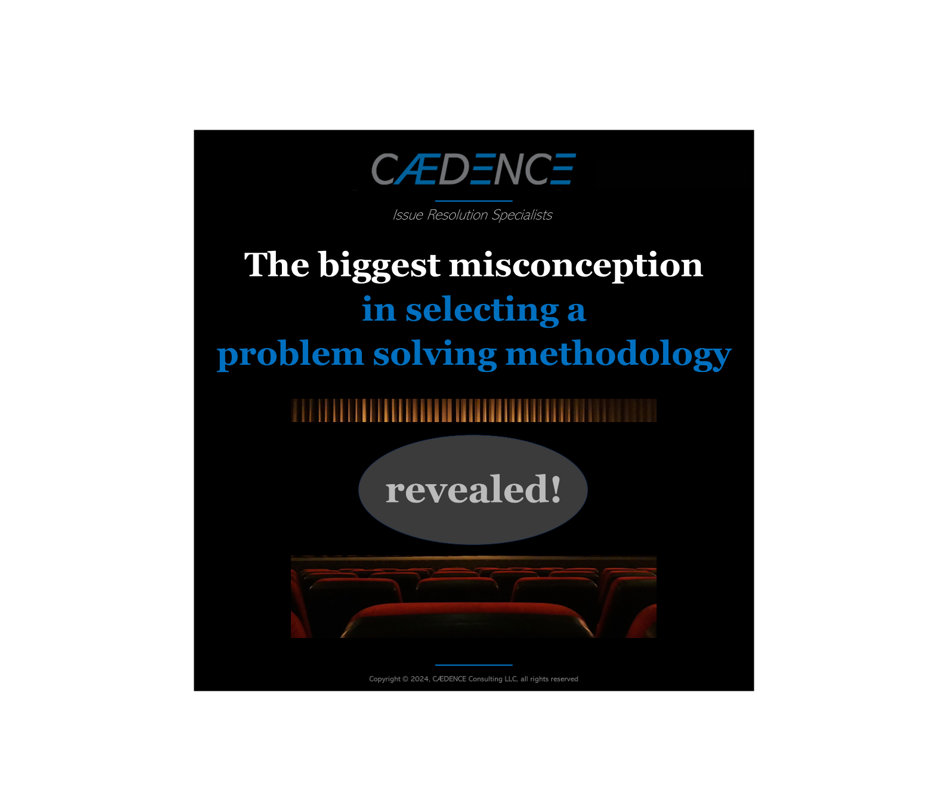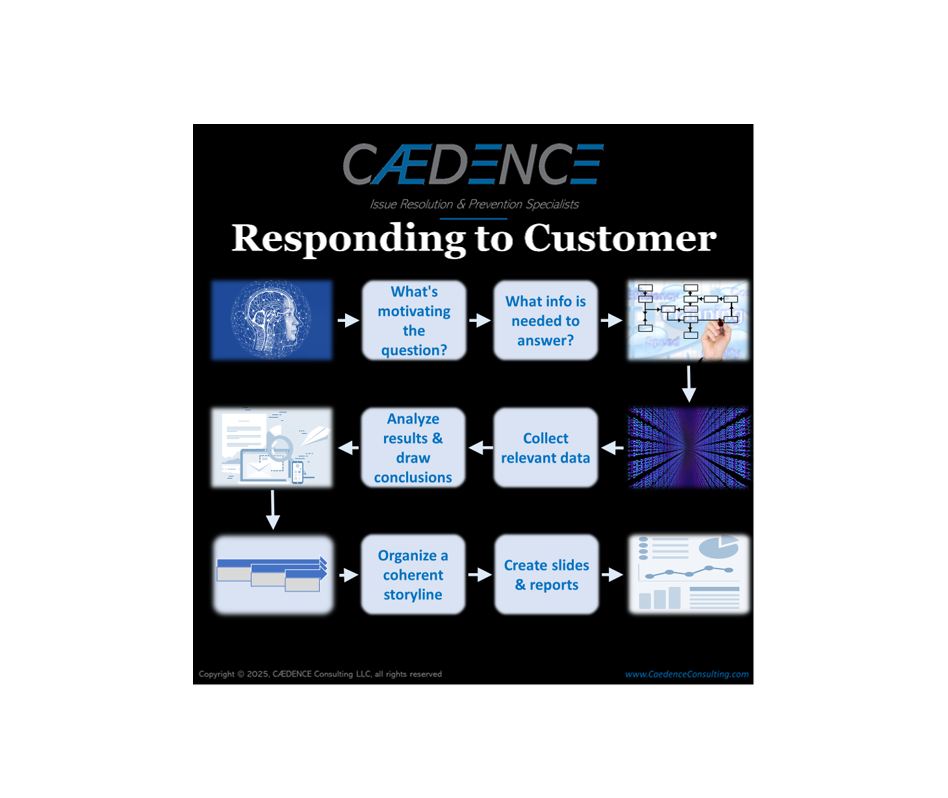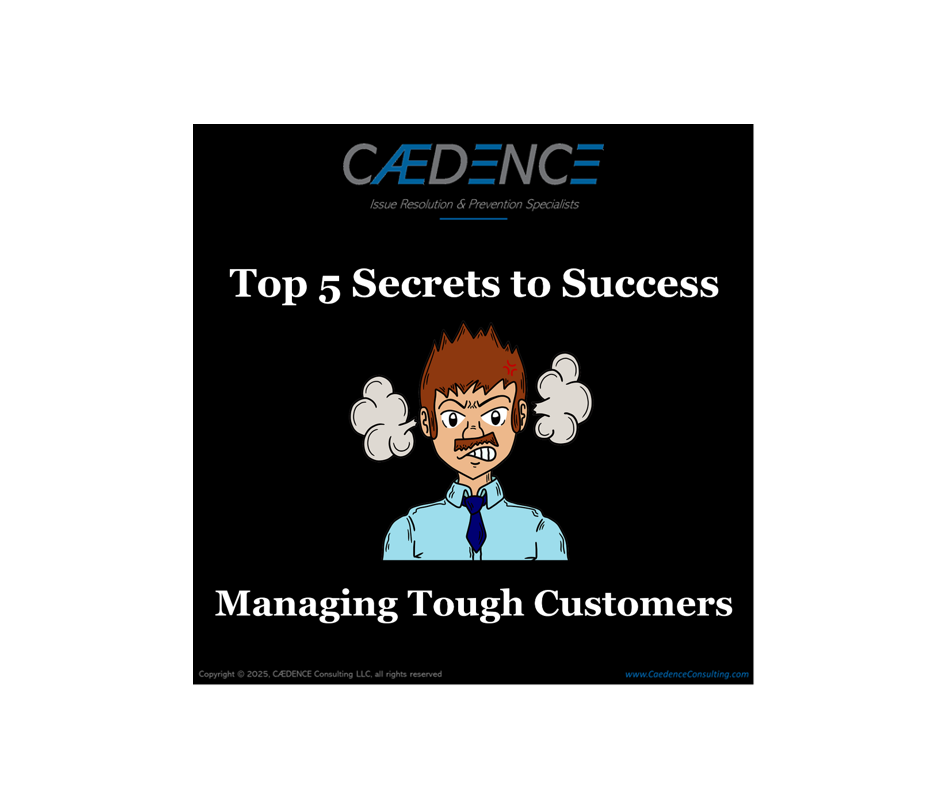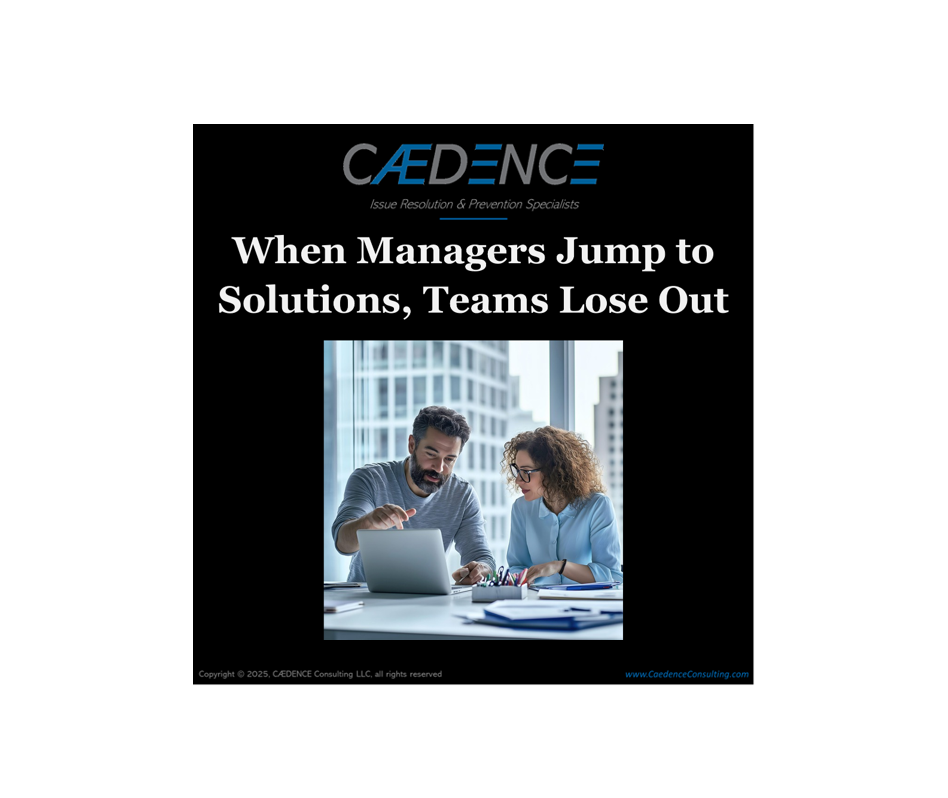Are you keeping your foot on the gas to drive continuous improvement?

Several years ago, the supplier quality engineer at one of our largest customers was a pit bull. His extremely high expectations never relented. Initially the relationship soured due to his daily demands on our performance and response. He was seen as an overbearing, nitpicky task-master. Every day we had updates to make and actions to close.
Over time, we expected his demands to lessen as we improved. This was not the case - he continued to ask for more. He would not let go of his desire for additional improvements. Our performance continued to improve and we began to understand why he was so insistent. After a couple years of work, we established a much stronger relationship and jointly drove new actions. We became a better supplier and our customer was very pleased with our performance. We ended up winning new businesses with that company for years to come.
Continuous improvement in a business is not a one-time action. It comes from a series of smaller actions taken over a long period of time. Driving improvement requires steadfast attention and a drive to achieve excellence. It can take months or years to make permanent improvements and change a culture. In your projects and initiatives, are you keeping your ‘foot on the gas’ to change the long-term outcomes?

Over the years we’ve been exposed to Six Sigma, Juran, Deming PDCA, 8D, Dale Carnegie, A3, Shainin, and more. Each technique works pretty well, and has been demonstrated many times in a wide variety of industries and circumstances. At the core they are all essentially the same!
Each approach relies on an underlying logical flow that goes like this: [a] make sure the problem is clearly defined; [b] be open to all sources of information; [c] vet the information for relevance and accuracy; [d] use the process of elimination to narrow down all possible causes to the most likely few; [e] prove which of the suspects is really the cause of the issue; [f] generate a number of potential solutions; [g] evaluate the effectiveness, feasibility and risk of the potential solutions; [h] implement the winning solution(s); and [i] take steps to make sure your solution(s) don’t unravel in the future.
The differences between the paradigms resides in supplementary steps and toolkits. For example, 8D contains the important “In

Your primary role as a manager is to ensure your team’s success. Internalize this. Make sure your team members know this. Build an environment of trust and collaboration. A direct report of mine would frequently leave me out of the loop as problems escalated, preferring instead to “work harder”. It was clear that he felt uncomfortable delivering bad news to me (his boss) when things were not going according to plan. Let me tell you the rest of the story.








